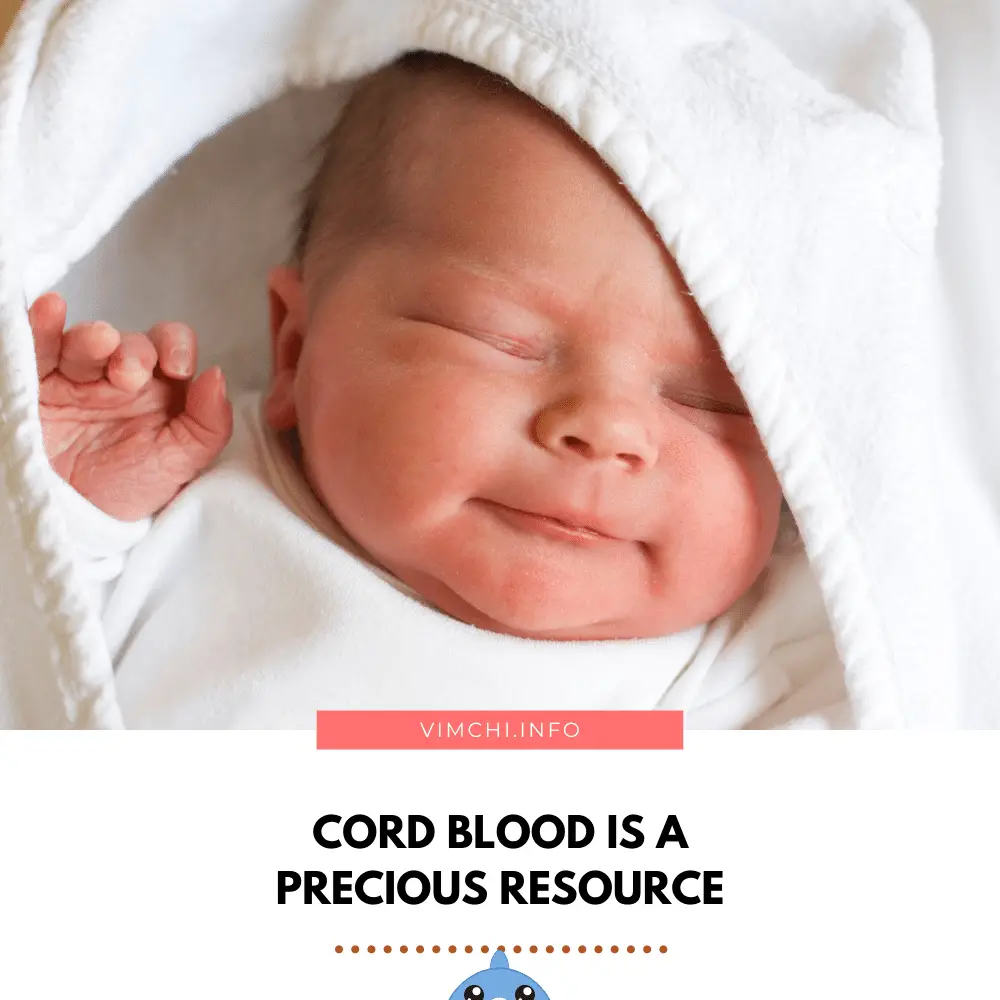Cord blood banking is the method of amassing and storing the blood from the umbilical cord after a child is born. https://maps.app.goo.gl/ZxqTWRVidzNjQUwz6 is wealthy in hematopoietic stem cells, which have the potential to turn into varied types of blood cells. Cord blood banking serves as a priceless supply of stem cells for medical therapies and analysis. Here's an summary of the important thing aspects of wire blood banking:
Collection:
Cord blood is collected instantly after the infant is born and the umbilical cord is clamped and reduce.
The assortment process is easy, painless, and poses no threat to the mother or the new child.
Stem Cell Content:
Cord blood contains hematopoietic stem cells, which have the ability to distinguish into various varieties of blood cells, together with red blood cells, white blood cells, and platelets.
These stem cells are much like those present in bone marrow and can be used in various medical treatments.
Processing:
After assortment, the wire blood is processed to isolate and focus the stem cells. This includes eradicating pink blood cells and other parts to create a stem cell focus.
Cryopreservation:
The processed cord blood is then cryogenically preserved, usually by freezing it at very low temperatures. This preserves the viability of the stem cells for an extended period.
Storage:
The cryopreserved cord blood is saved in specialized services, also known as twine blood banks. These banks are equipped to maintain the integrity of the saved samples over many years.
Private Cord Blood Banking:
Parents might select to store their child's wire blood in a non-public twine blood bank for their family's unique use.
This option provides the household with access to the cord blood if a family member requires a stem cell transplant sooner or later.
Public Cord Blood Banking:
Alternatively, mother and father can select to donate their child's wire blood to a public cord blood bank. This makes the wire blood obtainable to any particular person in need of a stem cell transplant.
Public twine blood banking contributes to the creation of a various and accessible stock of stem cell units for the overall inhabitants.

Potential Medical Uses:
Cord blood stem cells have been used in the remedy of various ailments, together with certain kinds of cancers, blood disorders, and immune system issues.
Ongoing research explores the potential purposes of cord blood stem cells in regenerative medicine and the remedy of other medical situations.
Education and Awareness:
Cord blood banks usually engage in educational initiatives to lift awareness concerning the significance of wire blood donation and banking.
Cord blood banking offers families the chance to doubtlessly use the stored stem cells for medical remedies in the future. The determination to bank cord blood is a personal one and includes considerations such as family medical history, potential well being risks, and the prices related to private banking. Public twine blood banking also plays an important position in providing stem cell assets for people who don't have personal wire blood saved..
